The rise of extended reality (XR) technologies – encompassing virtual reality (VR), augmented reality (AR), and mixed reality (MR) – is transforming how businesses operate. From training and design to customer engagement and remote collaboration, XR offers a wealth of possibilities. But where does the enterprise access this technology? While dedicated XR headsets offer immersion, many argue that smartphones are the true gateway to widespread enterprise XR adoption. This article delves into the arguments for and against smartphones as the primary vehicle for XR in the business world, drawing on expert opinions and real-world examples.
For many, the smartphone represents the most accessible entry point into the world of XR. With powerful processors, high-resolution displays, and advanced sensors like accelerometers and gyroscopes, modern smartphones are already equipped to deliver compelling XR experiences. Furthermore, the ubiquity of these devices in the enterprise means minimal investment in new hardware, a crucial factor for businesses exploring XR. However, relying solely on smartphones for enterprise XR has limitations. Factors like screen size, processing power, and battery life can hinder the complexity and duration of XR experiences. This raises the question: are smartphones truly the optimal path for businesses to harness the power of XR, or are they merely a stepping stone to more robust solutions?
The Case for Smartphones: Accessibility and Affordability
- Ubiquity: Nearly every employee in today’s workplace owns a smartphone. This eliminates the need for large-scale hardware procurement and simplifies deployment.
- Cost-effectiveness: Leveraging existing devices significantly reduces the financial barrier to entry for XR. Companies can avoid the upfront costs of dedicated headsets, which can range from hundreds to thousands of dollars per unit.
- Ease of use: Smartphones are familiar tools. Employees require minimal training to use them for basic XR applications, reducing the learning curve and encouraging adoption.
- Portability: Unlike bulky headsets, smartphones are inherently portable, enabling XR experiences in various work environments, from the office to the field.
My own company initially ventured into XR using employee smartphones. We developed an AR application for training purposes, allowing new hires to visualize equipment and procedures in a 3D environment. The accessibility of smartphones ensured that everyone could participate in the training program without the need for dedicated headsets. This approach proved cost-effective and resulted in quicker onboarding and improved knowledge retention.
The Limitations of Smartphones: Compromising the XR Experience
- Limited Immersion: The small screen size of a smartphone restricts the field of view and overall immersion compared to dedicated headsets. This can hinder applications that require a strong sense of presence, such as virtual tours or simulations.
- Processing Constraints: While smartphone processing power has increased significantly, it still lags behind dedicated XR devices. This can limit the complexity and graphical fidelity of XR applications, particularly for demanding tasks like 3D modeling or complex simulations.
- Battery Life: Extended XR use can quickly drain a smartphone’s battery, making it impractical for lengthy training sessions or field operations.
- Ergonomics: Holding a smartphone for extended periods can cause fatigue and discomfort, impacting user experience and productivity.
Despite the initial success of our smartphone-based AR training program, we encountered limitations. Employees reported that the small screen size made it difficult to grasp the full scale of the equipment, and the app’s performance suffered when rendering complex 3D models. These issues prompted us to explore alternative XR solutions.
Dedicated XR Headsets: Unlocking the Full Potential of Enterprise XR
- Enhanced Immersion: Headsets provide a wider field of view and more immersive experience, crucial for applications requiring a strong sense of presence, such as virtual reality training simulations.
- Superior Processing Power: Dedicated XR headsets boast significantly more processing power than smartphones, enabling more complex and graphically intensive applications.
- Ergonomics and Comfort: Headsets are designed for extended wear, distributing weight evenly and reducing strain on the user.
- Advanced Tracking and Input: Many headsets offer advanced hand tracking and gesture recognition, providing a more natural and intuitive interaction with virtual environments.
Transitioning to dedicated VR headsets for our training program significantly enhanced the experience. Employees reported a greater sense of presence and a better understanding of the equipment’s scale and functionality. The improved processing power allowed us to create more realistic and detailed simulations, leading to better training outcomes.
Finding the Right Balance: Smartphones as a Stepping Stone
While dedicated headsets offer a superior XR experience, the accessibility and affordability of smartphones make them a valuable entry point for businesses exploring XR. Smartphones can be used to:
- Pilot XR initiatives: Test the waters with smaller-scale projects and gather feedback before investing in more expensive hardware.
- Deploy simple AR applications: Utilize AR for tasks like product visualization, remote assistance, or location-based information overlays.
- Reach a wider audience: Engage customers with AR marketing campaigns or interactive product demos accessible on their own devices.
Ultimately, the choice between smartphones and dedicated headsets depends on the specific needs and objectives of the enterprise. Factors to consider include:
- Complexity of XR applications: Demanding applications requiring high-fidelity graphics and complex interactions will benefit from dedicated headsets.
- Budget constraints: Smartphones offer a cost-effective solution for businesses with limited resources.
- Deployment scale: The number of users and the frequency of use will influence the choice of hardware.
- User experience: Consider the level of immersion and comfort required for the intended application.
The Future of Enterprise XR: Beyond Smartphones and Headsets
While the current debate centers on smartphones versus dedicated headsets, the future of enterprise XR is likely to extend beyond these two options. Emerging technologies like:
- AR glasses: Lightweight and unobtrusive, AR glasses offer a more seamless integration of digital content into the real world.
- Holographic displays: Projecting 3D images directly into the user’s environment, creating truly immersive and interactive experiences.
- Haptic feedback suits: Providing physical sensations to enhance the realism of virtual environments.
These advancements promise to further revolutionize how businesses operate, enabling new forms of collaboration, training, and innovation.
Smartphones undoubtedly play a crucial role in democratizing access to XR, particularly for businesses taking their first steps into this transformative technology. However, recognizing their limitations is essential. For applications demanding high levels of immersion, processing power, and user comfort, dedicated XR headsets offer a superior solution.
The key lies in adopting a strategic approach. Businesses should carefully evaluate their needs and objectives, considering factors like budget, application complexity, and desired user experience. By understanding the strengths and weaknesses of each platform, enterprises can effectively leverage XR to drive innovation, improve productivity, and gain a competitive edge.

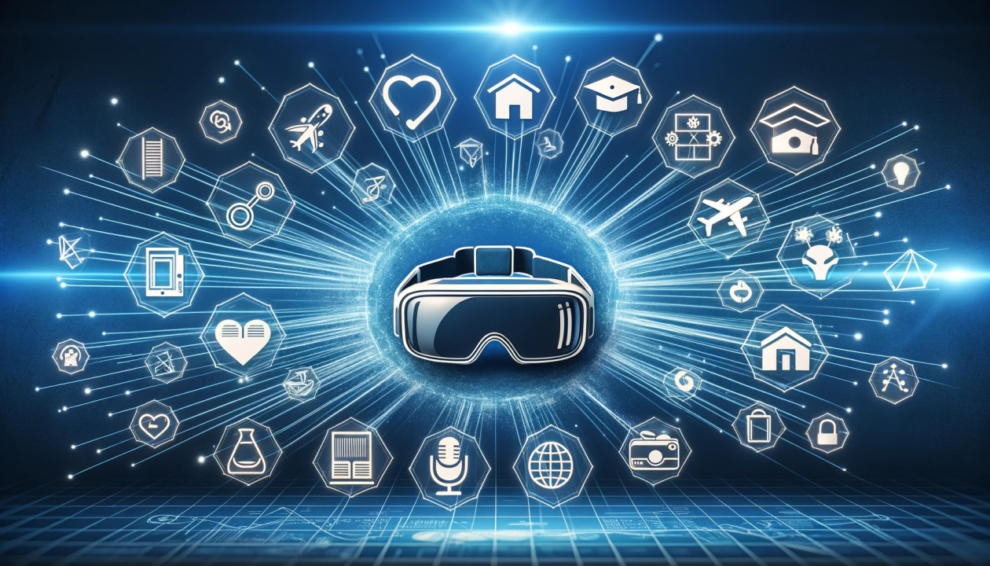

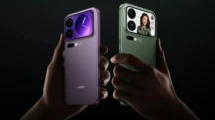
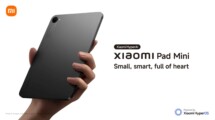


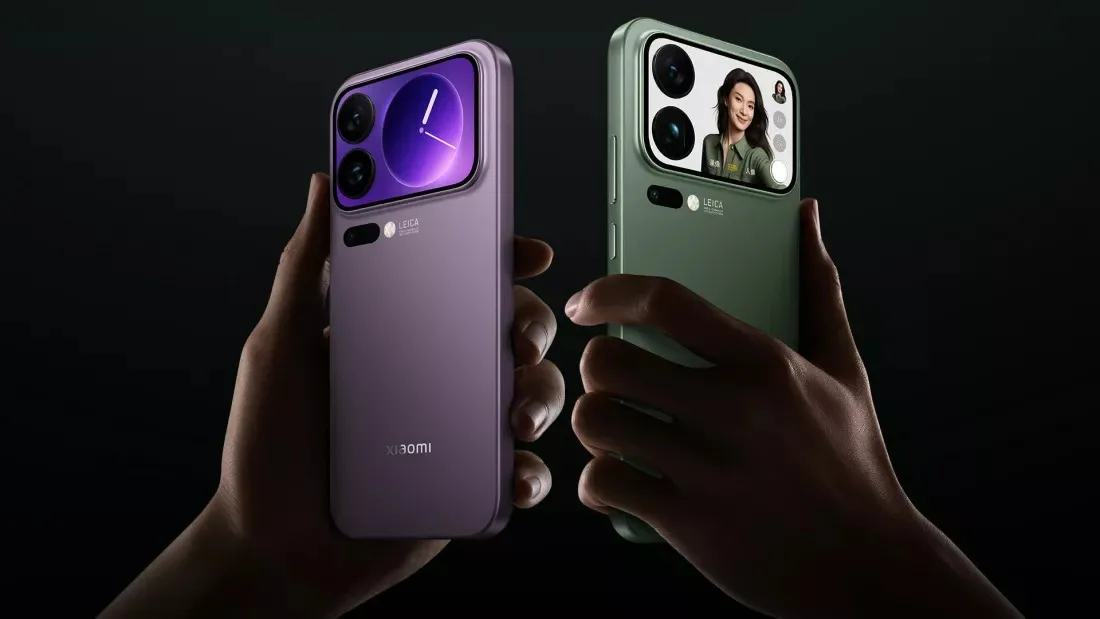
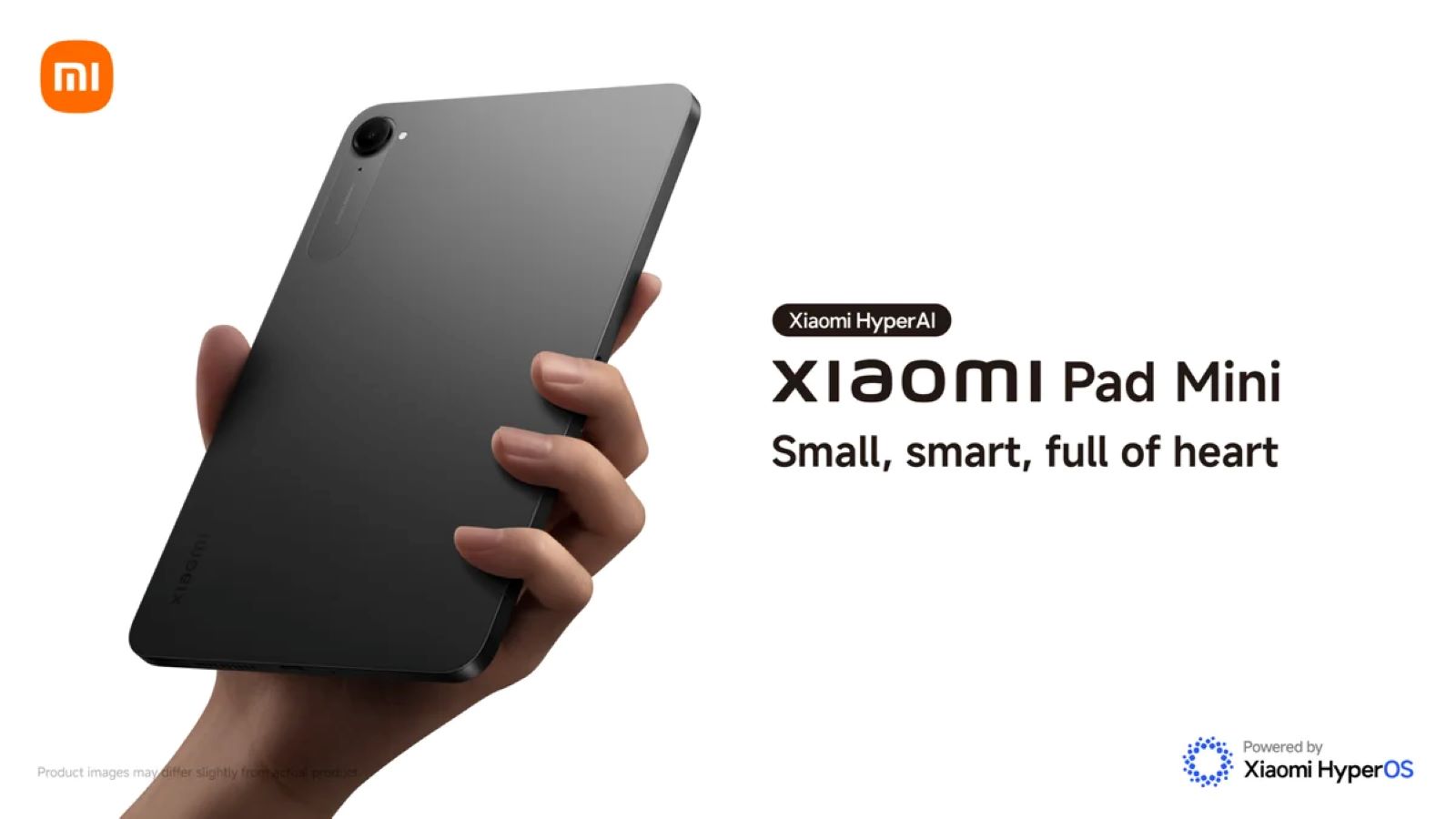
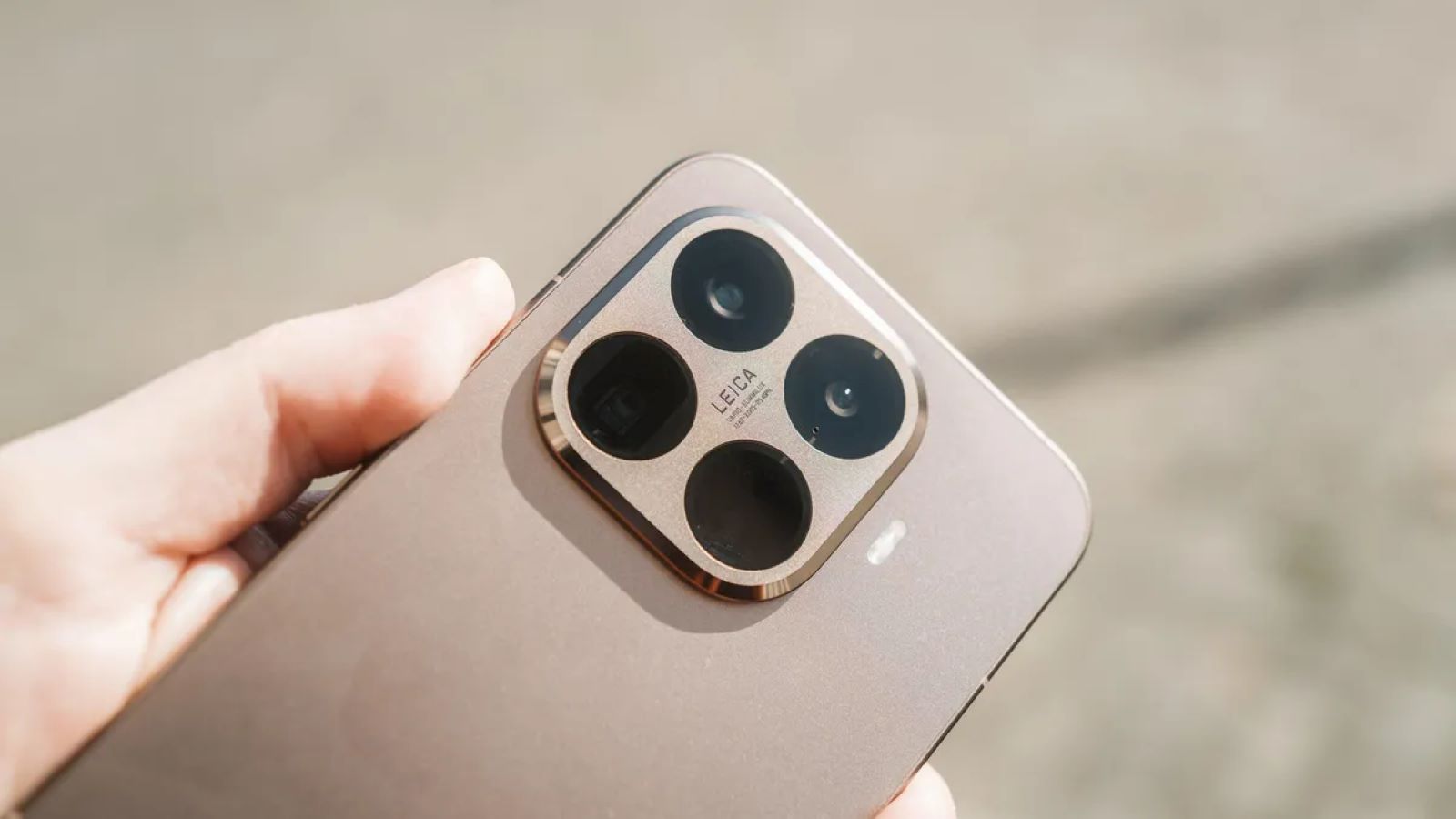

Add Comment